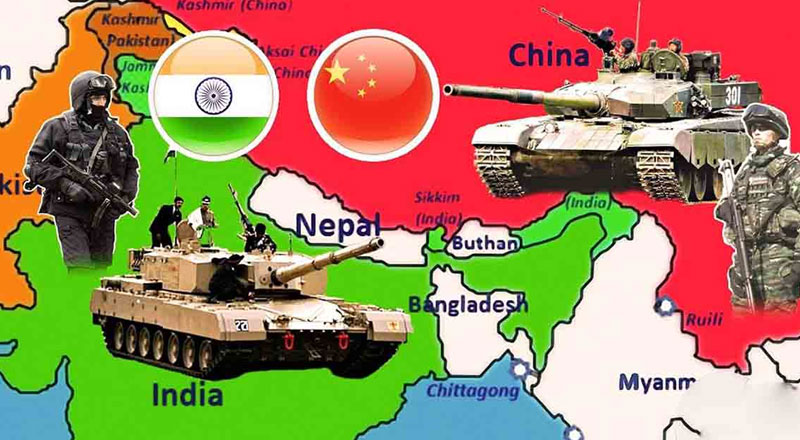In a move to bolster its capabilities, India has deployed recently acquired U.S.-made weaponry along its border with China. As both the countries remain deadlocked over territory, India has deployed the weaponry centering on the Tawang Plateau adjoining Bhutan and Tibet.
The piece of land claimed by China but controlled by India, holds historical, political and military significance. In 1959, the Dalai Lama fled to India across nearby mountain passes to escape a Chinese military operation. Three years later, both sides fought a war in the area.
U.S.-manufactured Chinook helicopters, ultra-light towed howitzers and rifles as well as domestically made supersonic cruise missiles and a new-age surveillance system will back Indian troops in areas bordering eastern Tibet. The weapons have all been acquired in the past few years from the U.S. over rising concerns about Chinese assertiveness.
Indian military personnel highlighted the country’s new offensive capabilities to a group of media people. Eastern Army Commander Lieutenant General Manoj Pande said that boots, armor, artillery and air support were being combined to make the force “agile, lean and mean so that we can employ faster.”
“The Mountain Strike Corps is fully operationalized,” he said. “All units including combat and combat support units are fully raised and equipped.”
India and China had seen the worst fighting in decades last year which led to the deaths of at least 20 Indian army personnel and four Chinese soldiers. While the two sides have engaged in talks to disengage, they are yet to agree on pulling back from a key flashpoint in another border area near Kashmir.
India’s deployments show a frustration with the lack of progress on talks with China, said Rajeswari Pillai Rajagopalan, director of the Centre for Security, Strategy and Technology at the Observer Research Foundation in New Delhi. “That we are looking at a second winter engaged at the border explains why India needs to work on building its capabilities and infrastructure at the border and source more equipment from partners like the U.S.,” she said.





